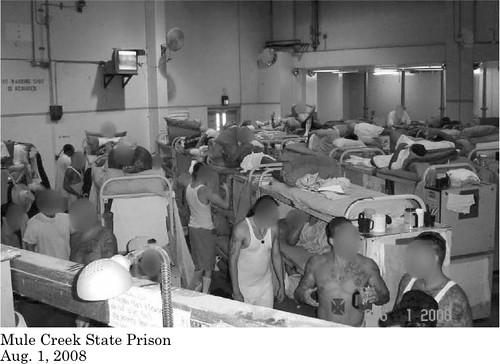 Embattled Senator Faces Rules Committee to Keep Committee Assignments
Embattled Senator Faces Rules Committee to Keep Committee Assignments
by Brian Leubitz
Ron Calderon’s had a no-good, awful, very bad few days. But being named in an FBI investigation generally doesn’t make for good times. And while Sen. Steinberg notes that he doesn’t want to play judge and jury for the San Gabriel Valley senator, he would like to pull him off his committees to limit any appearances of improprieties. Sen Steinberg:
I am asking the Senate Rules Committee to temporarily remove Senator Ron Calderon as chair of the Senate Insurance Committee, pending resolution of the United States Attorney’s investigation into his conduct. I will also ask the Committee to temporarily remove Senator Calderon from all other committee assignments, pending the same investigation.
I do not make this request lightly, nor do I judge the truth of the publicly reported allegations. I am concerned, however, about keeping Senator Calderon in his positions. The allegations, though yet unproven, are serious enough to cloud any interactions the Senator might have with colleagues, advocates, and the public on issues within his jurisdiction.
The allegation that an elected official accepted money and other favors in exchange for official acts is perhaps the most serious breach of the public trust and the institution in which they serve. In other highly sensitive public situations that do not involve proven allegations of misconduct, public employers take similar actions. The public and the Senate deserve no less protection in the current situation.
Calderon has made no comment, and seems unlikely to fight the “temporary” changes. He’ll likely need to save his energy for a prospective prosecution and general fight for the future of the Calderon political dynasty. But George Skelton points out a little something about our political system: there is far too fine of a line between bribery and legal contributions.
In politics, there’s sleaze that can send a slimeball to prison. There also is legal bribery. Lots of it…. And I’m not saying that legal bribery is as odorous as smelly sleaze. But it does tend to emit a stench. Campaign money actually gets a bad rap, to one degree. It costs a fair amount to run a competitive race.
If the public is unwilling to finance the campaigns of state politicians – and public financing has become impractical anyway, because of U.S. Supreme Court rulings – then the political funds must come from some other source. A very wealthy candidate might be willing to finance his own campaign, but normally the funding is supplied by favor-seeking special interests.(George Skelton / LA Times)
Skelton goes on to list a few of the many ways rich donors can curry favor with cash, and how those politicians can then spend it. Of course there is a stench, but this is the system that we chose, or at least the system that the Supreme Court has chosen for us. It is a system that is dominated by those with the most readily available cash.
We should do everything in our power to root out corruption, but we have to do as much as possible to clean up the system that makes corruption, legal and illegal, so readily available.
Photo credit: Sen. Ron Calderon’s office. Caption: “Senator Calderon, accompanied by his older brother, Assemblymember Charles Calderon, and the Senator’s nephew, Ian Calderon, as they prepare to begin giving the turkeys to the local community organizations that participated in Operation Gobble.”




 Legislature Agrees to Deal with Governor, Set to Pass Soon
Legislature Agrees to Deal with Governor, Set to Pass Soon